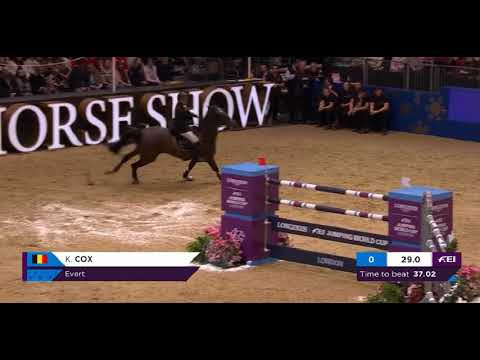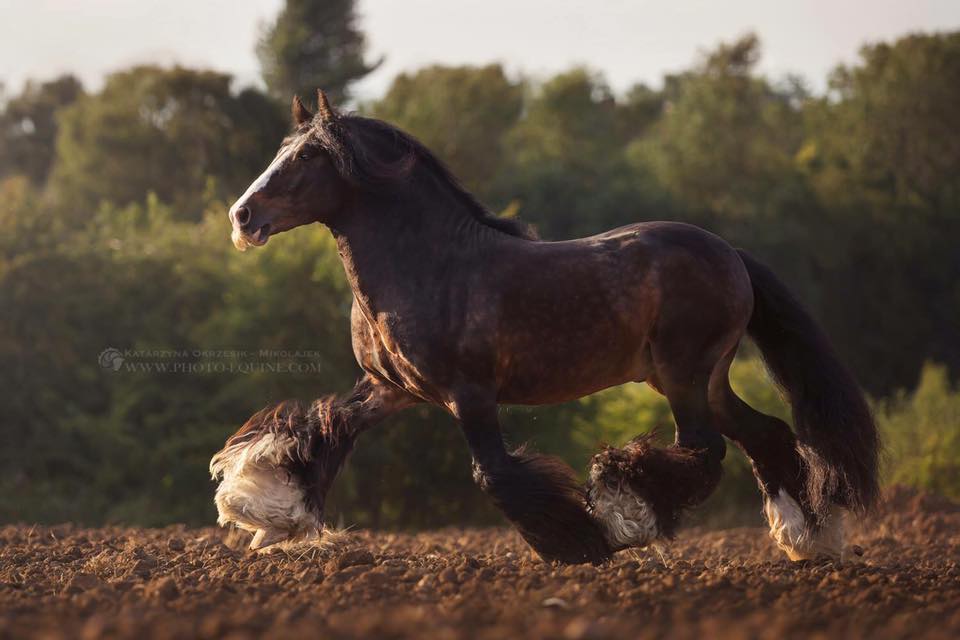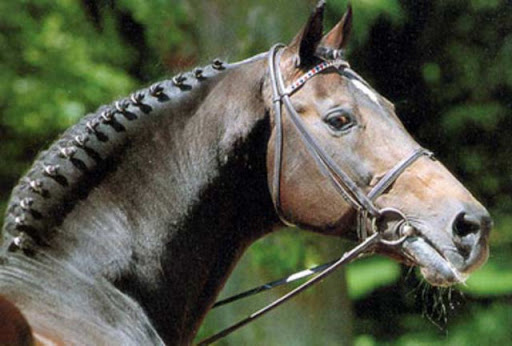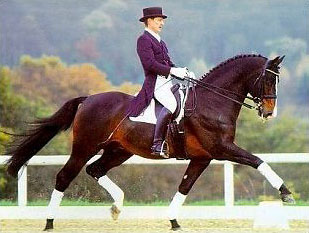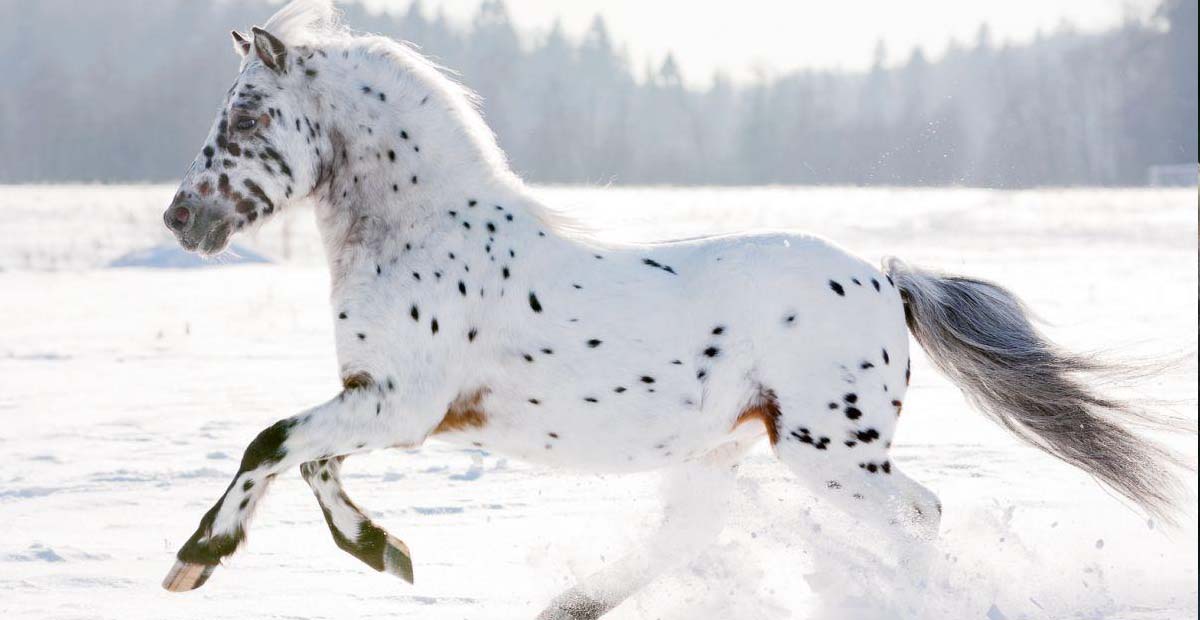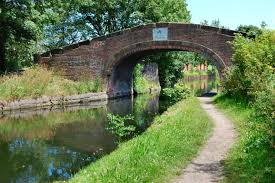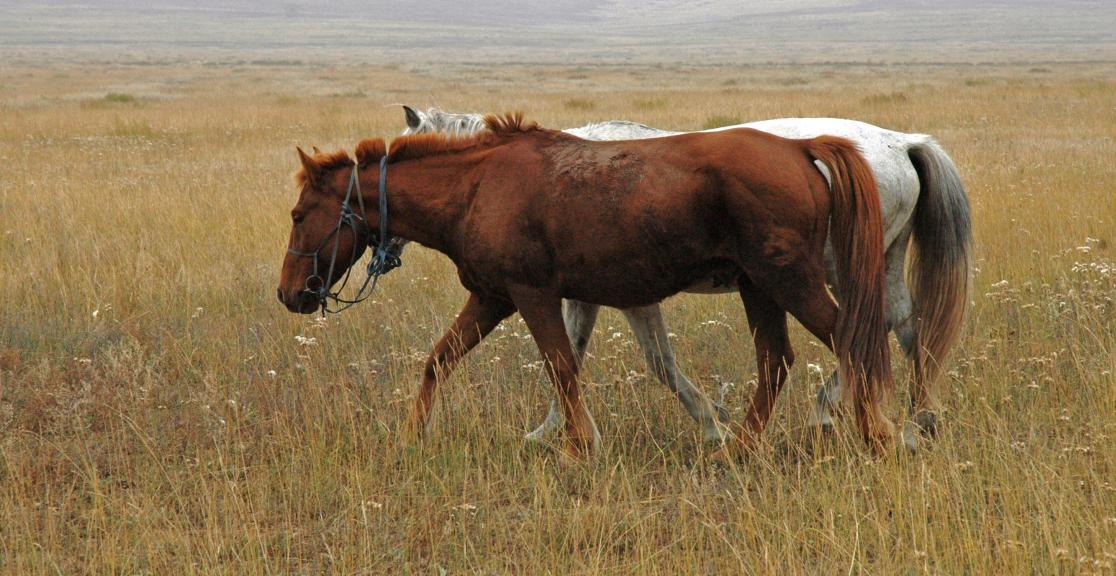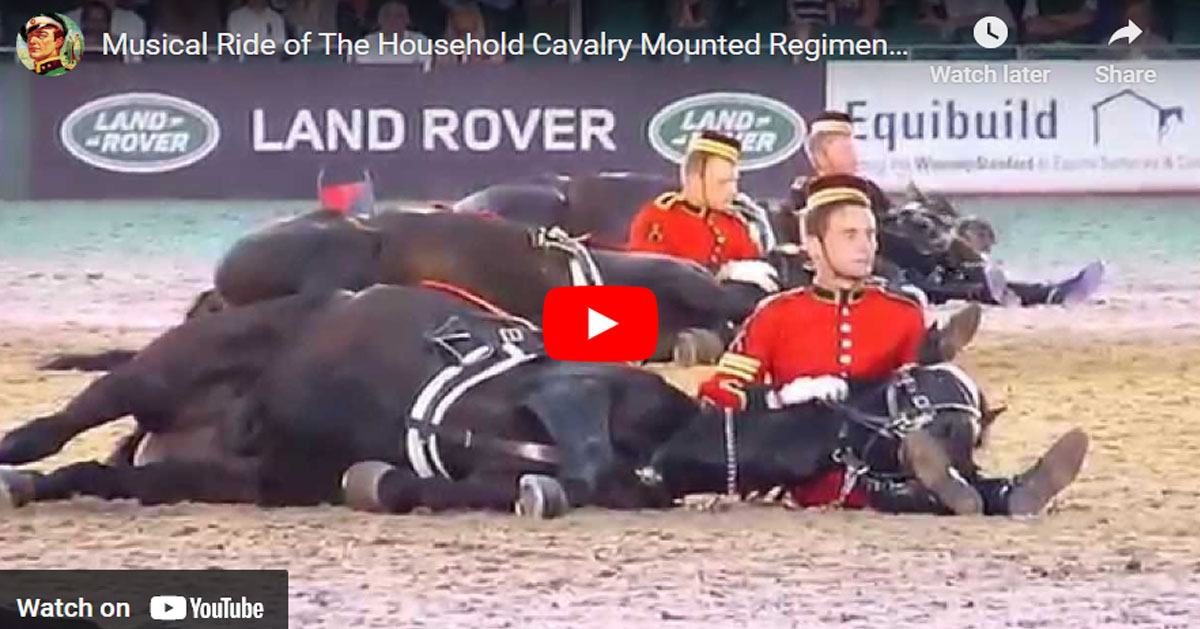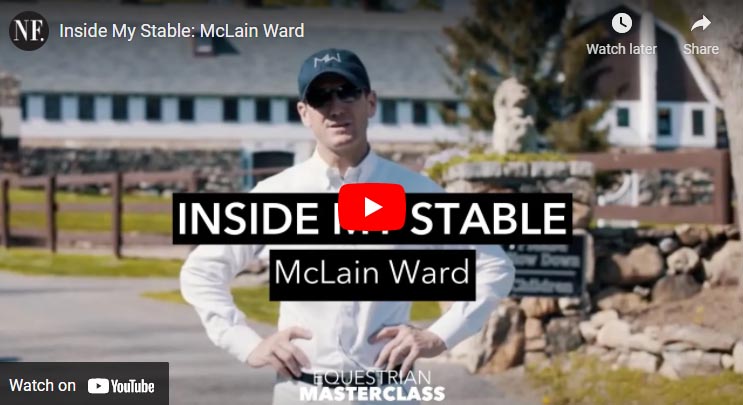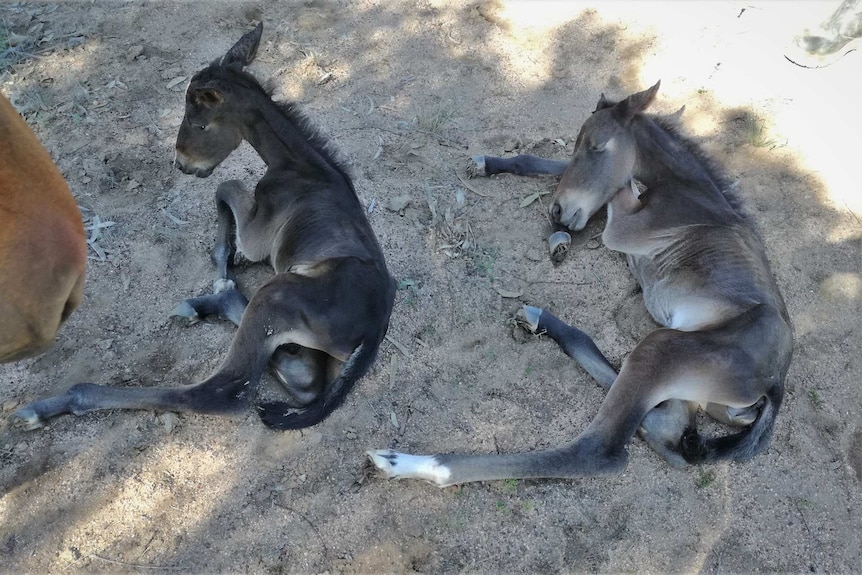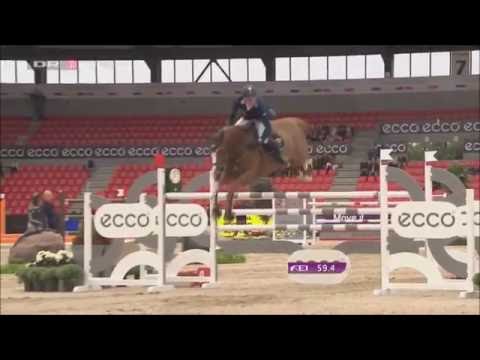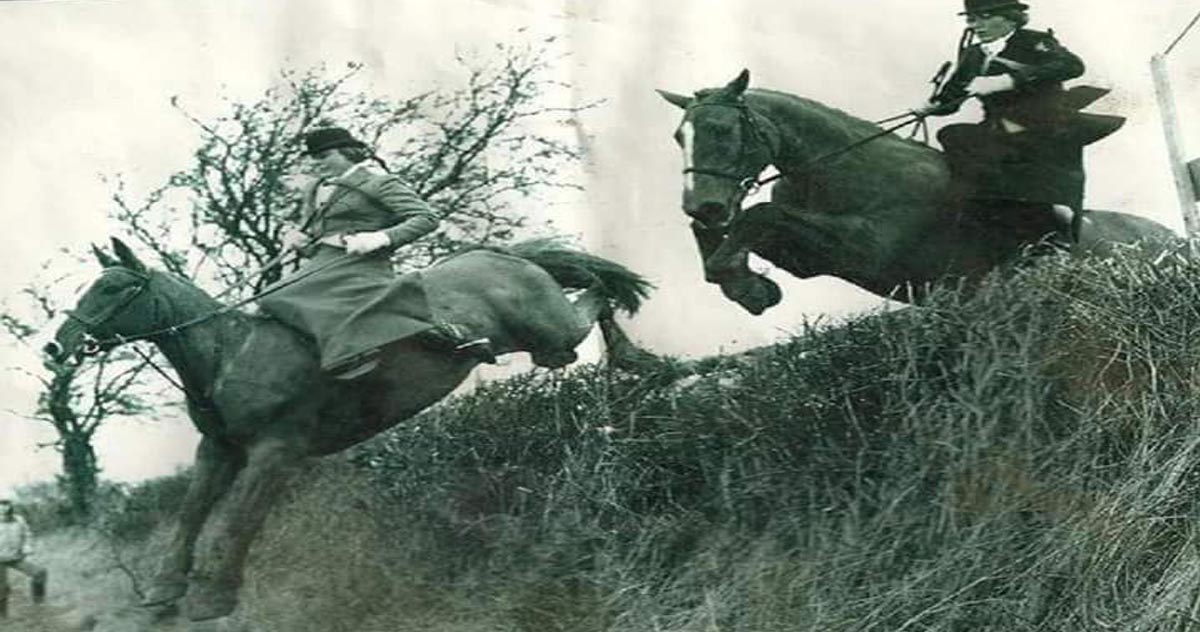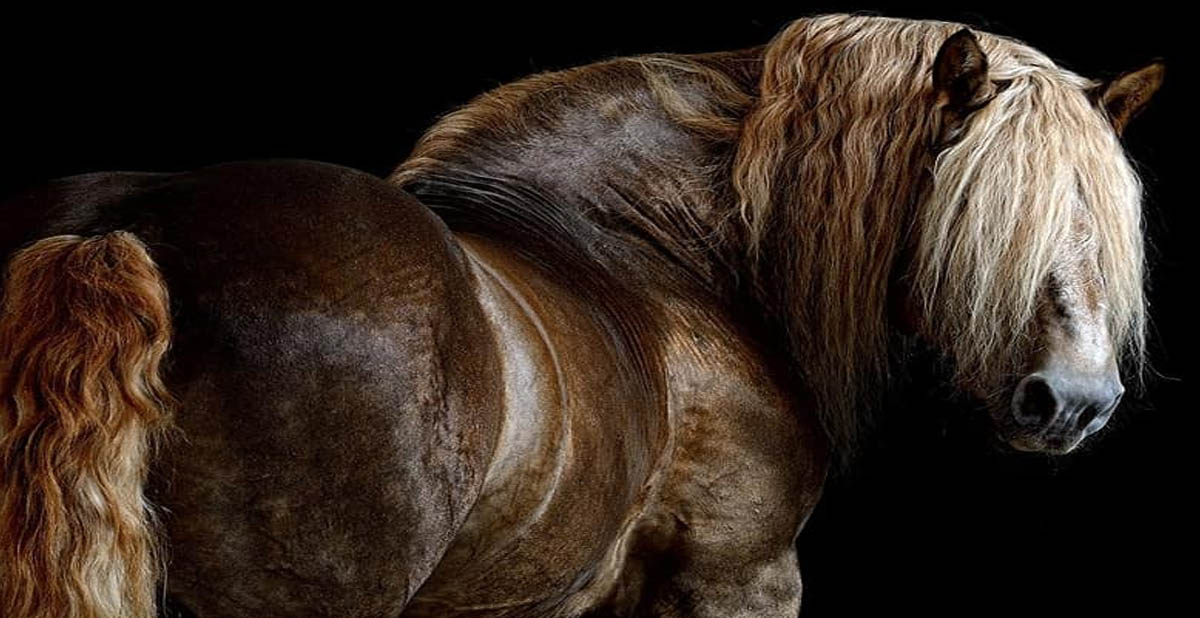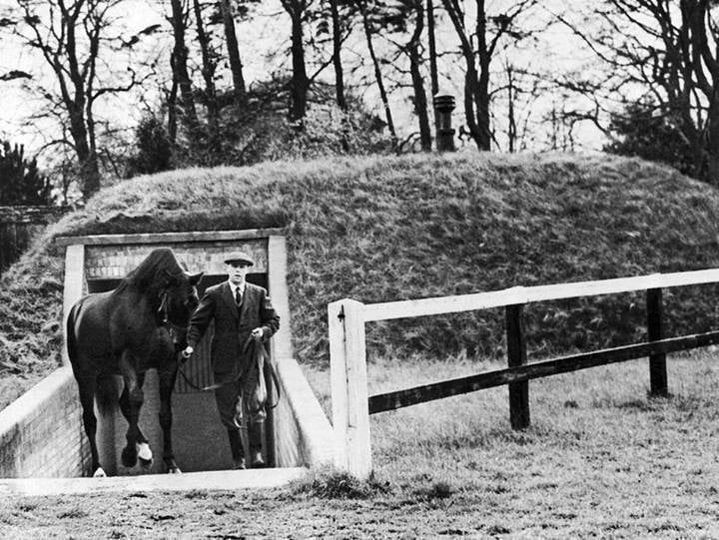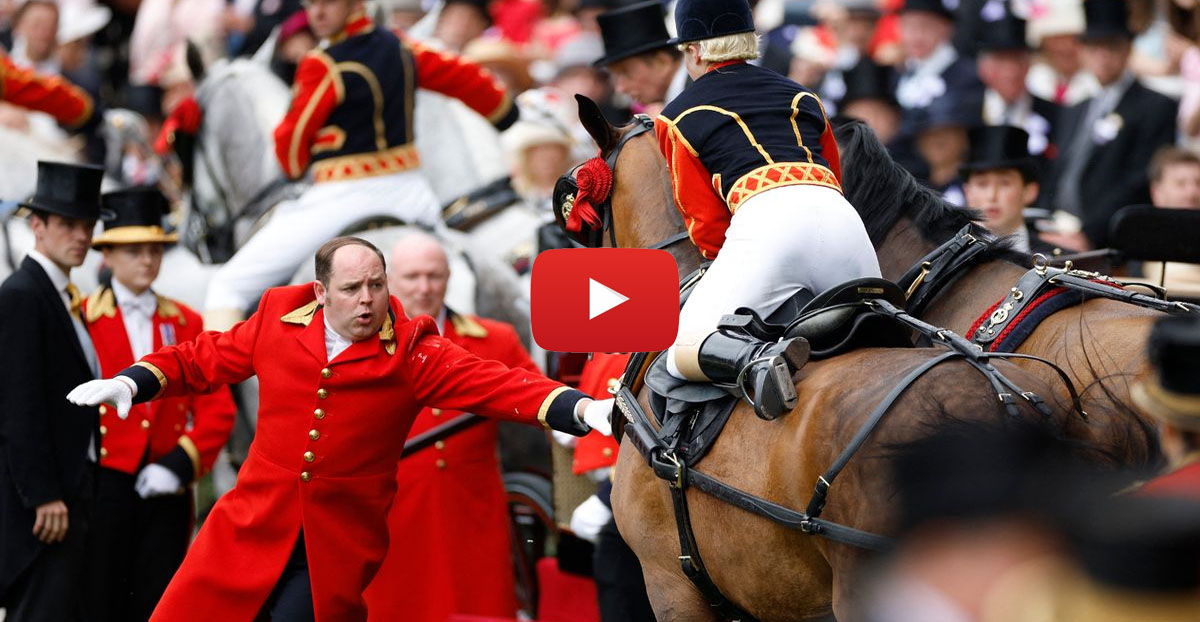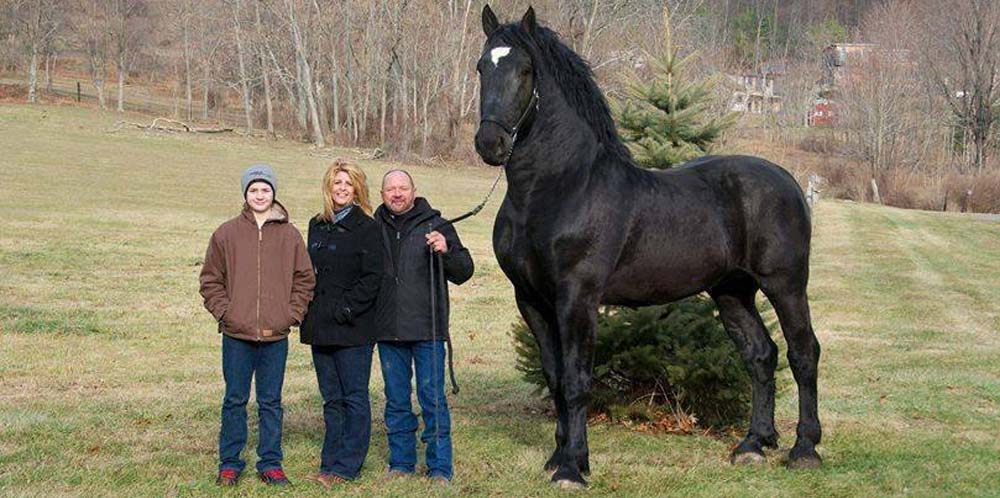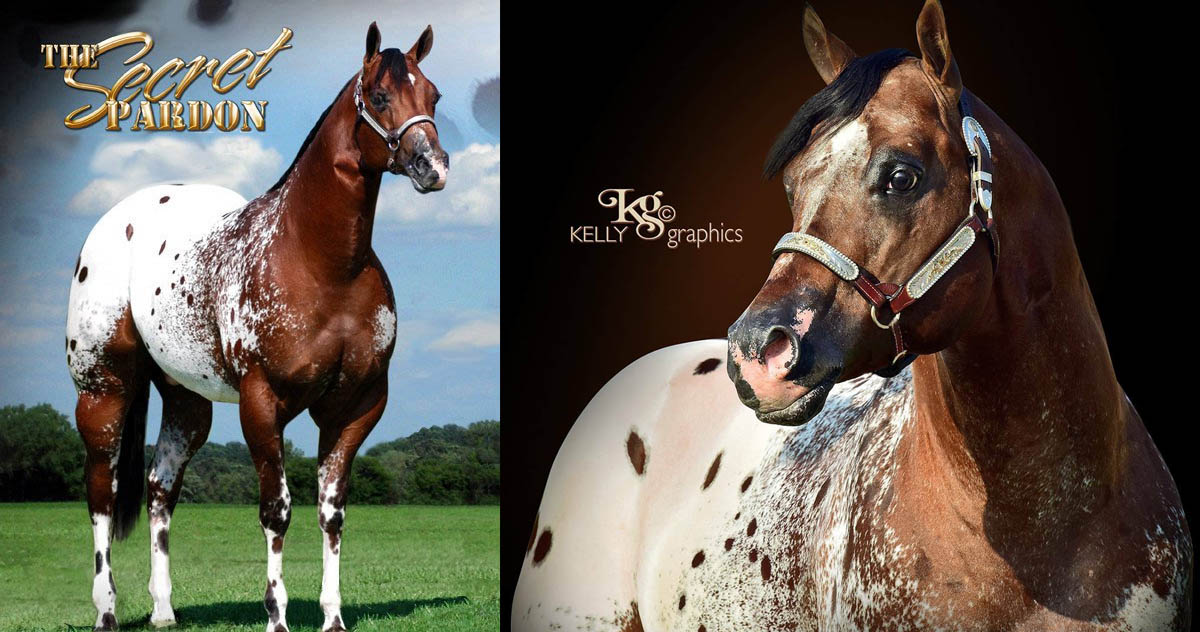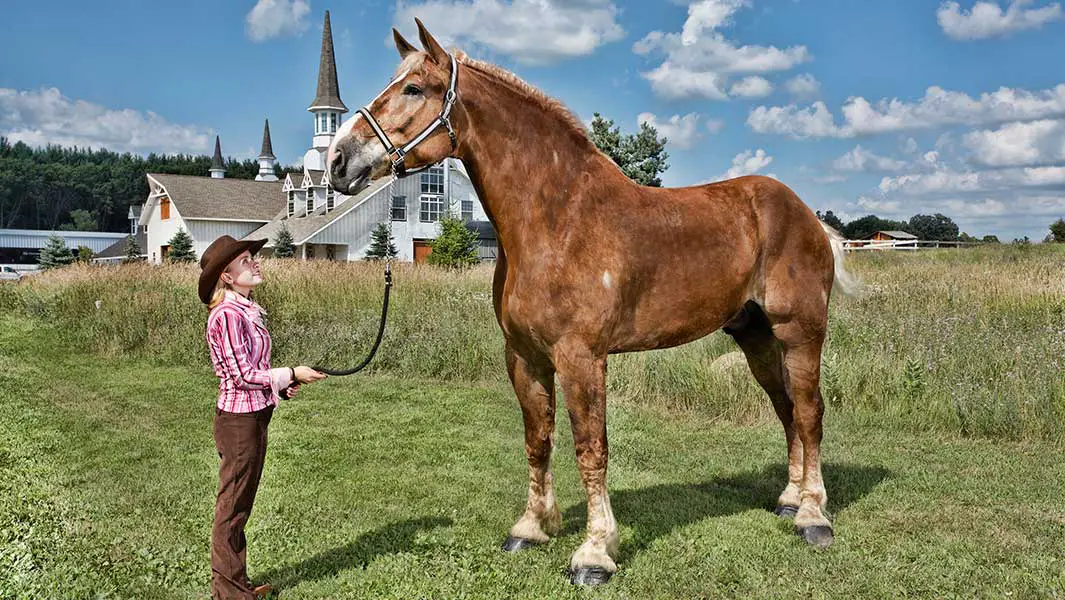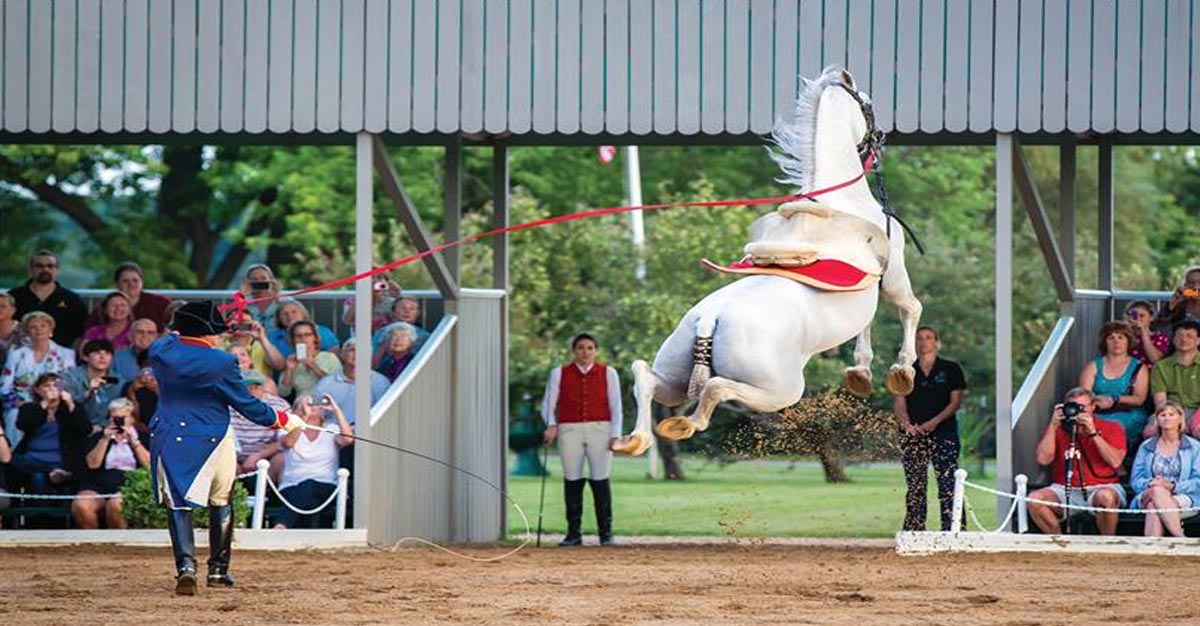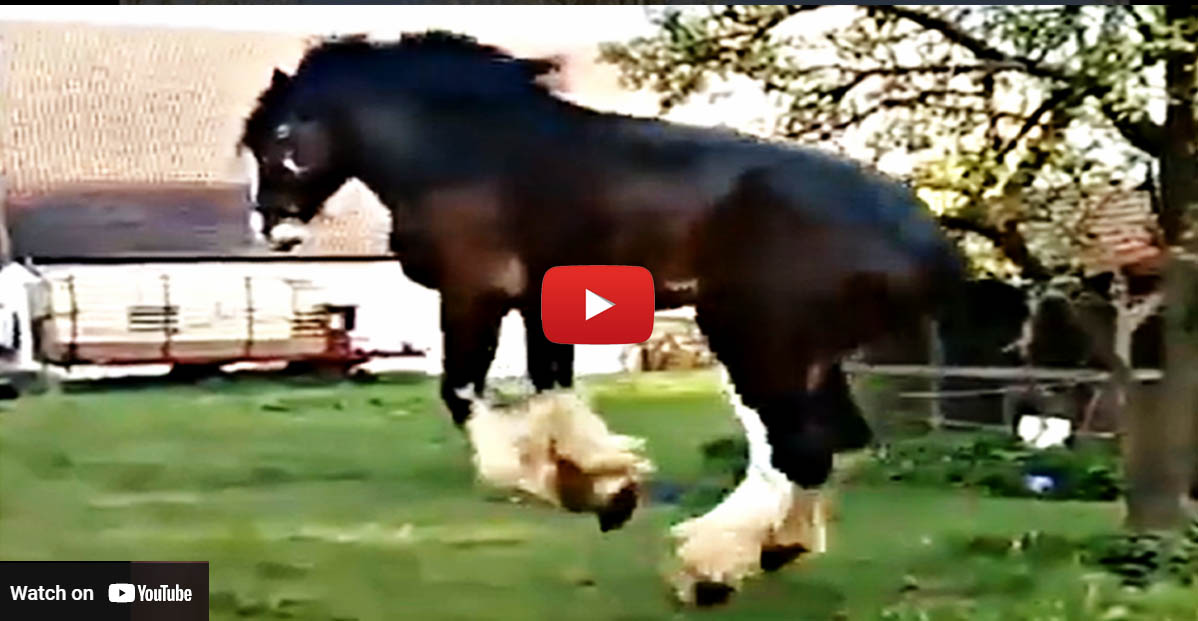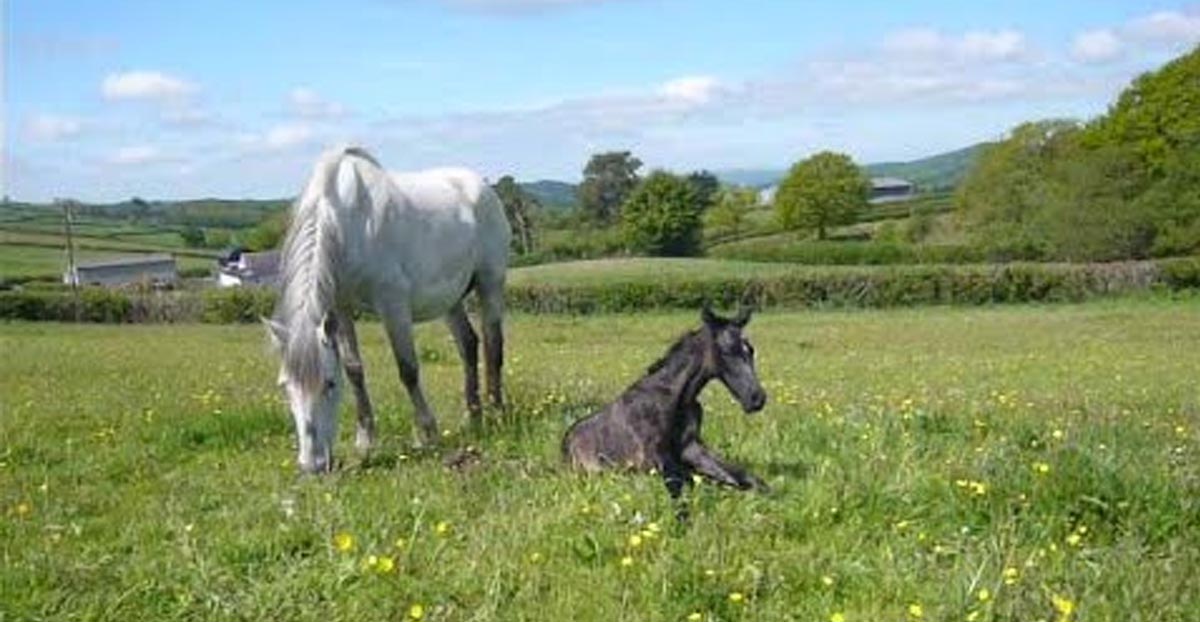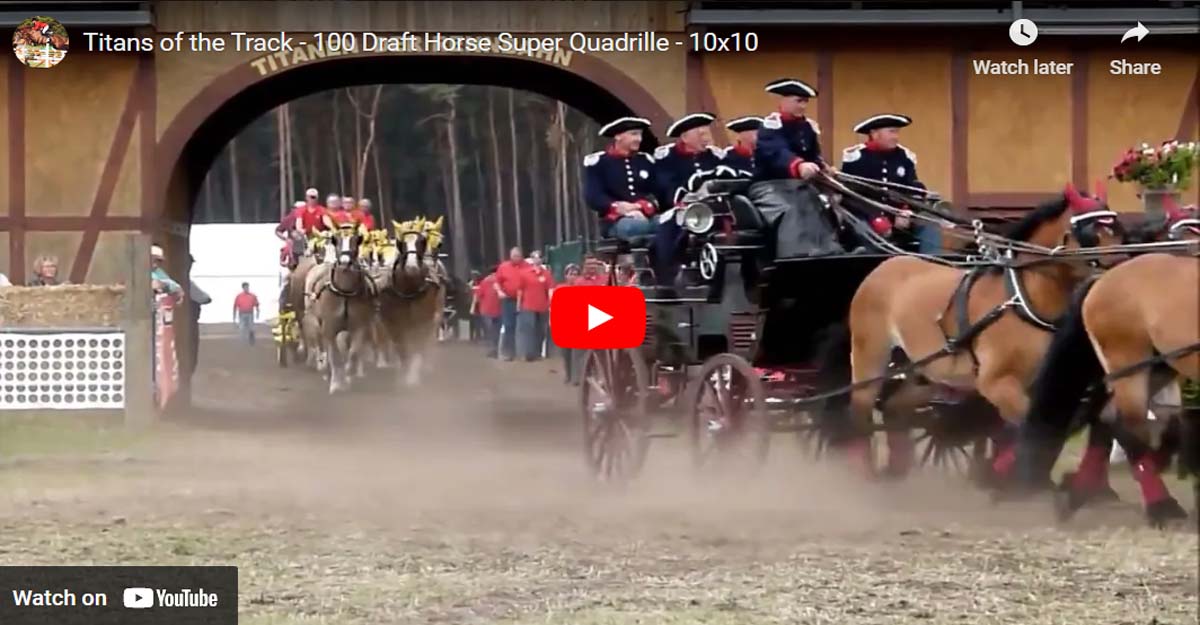How to Select a Suitable Dressage Horse for YOU
Firstly, you must honestly ask yourself what do you want from your dressage? What level do you ride at? and what level do you think that you may realistically achieve? The answers to these questions will be very different depending on whether one is 15 years old, 25 years old or 55 years old! All three age categories may want to be competitive, but your perspectives will change and your horse is still required to answer these questions.
Ultimately you are the only person who has to want to ride your horse, so the opinions of others have only little importance; you must be able to ride the horse and feel at home in the saddle when trying one out. The rideability is critical.
Other considerations are:
Personality, Character or Temperament.
Temperament is often used in the wrong context. Many use the word to describe being with a horse from the ground, such as behaviour in the stable. This is secondary to the temperament when ridden! The temperament from the saddle is critical because in all horse sports the pair of you must be able to get on! Remember the character or temperament changes as the intensity of the work increases. Ideally before the purchase of a (new) horse, you must be able to accurately gauge the reactions when the horse is asked to work and engage the hind legs and carry himself. Even if this level of riding is out of reach at the time of purchase, you will be aspiring to this and you must know that the horse is happy to be asked to work properly without any resistance or negative feeling.
Size.
Big horses look impressive and powerful, but they must be coordinated for you to bring them on to the aids. They often need stronger, more precise aids and take longer to build their own strength to develop a good way of going and self-carriage. A slight, petite rider is much better off on a smaller horse. The overall impression will be much nicer to look at. Ultimately, this is a sport of a harmonious partnership and a horse that is in balance. It`s the rider`s job to bring the horse into balance.
Movement.
It is very important for dressage that the horse has 3 correct paces - 4 beat walk, 2 beat trot in diagonal pairs and a 3 beat canter. The fine detail of quality is the result of a good aiding system. For the less experienced rider, the paces should not be too expressive, and neither should the horse be outstanding in just one.
Competition Form.
Buying a horse with some test experience is a good idea, but not essential. Check that the rider who is parting with the horse, gives quality aids and sits correctly and straight in the saddle. Conformation.
If you decide you like the horse from the saddle and it fits your expectations in type, you must look at the conformation. The feet are of particular importance as are the legs and joints. Flat soles generally cause problems and should be avoided. It is a good idea to buy a dressage horse which has a good shoulder and gives an uphill impression. However, you must be careful not to find too much fault otherwise you will never buy one! Vetting.
Prepare for ambivalence from the vet. They may not `fail` the horse, but they rarely get excited about a horse either, so you should be prepared to make your own judgement and go with a gut instinct. Many people have had years of good riding and companionship from a horse that has had a poor report from the vet. This is not uncommon.
Finally, do be sincere when riding somebody else`s horse in a trial situation. If the horse is not for you, do find something good and polite to say and come away discretely after a short but appropriate amount of time. Horses cost emotion from both sides and we never know what is happening behind the scenes!
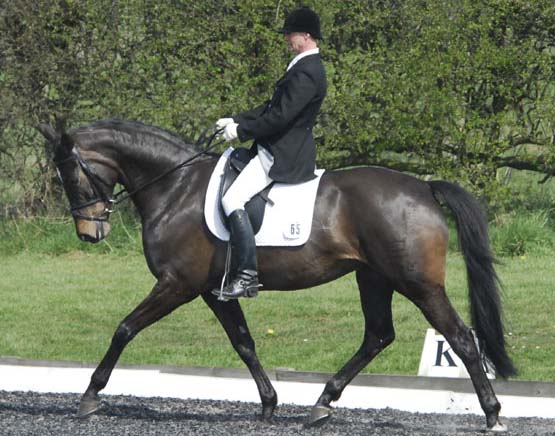

Ultimately you are the only person who has to want to ride your horse, so the opinions of others have only little importance; you must be able to ride the horse and feel at home in the saddle when trying one out. The rideability is critical.
Other considerations are:
Personality, Character or Temperament.
Temperament is often used in the wrong context. Many use the word to describe being with a horse from the ground, such as behaviour in the stable. This is secondary to the temperament when ridden! The temperament from the saddle is critical because in all horse sports the pair of you must be able to get on! Remember the character or temperament changes as the intensity of the work increases. Ideally before the purchase of a (new) horse, you must be able to accurately gauge the reactions when the horse is asked to work and engage the hind legs and carry himself. Even if this level of riding is out of reach at the time of purchase, you will be aspiring to this and you must know that the horse is happy to be asked to work properly without any resistance or negative feeling.
Size.
Big horses look impressive and powerful, but they must be coordinated for you to bring them on to the aids. They often need stronger, more precise aids and take longer to build their own strength to develop a good way of going and self-carriage. A slight, petite rider is much better off on a smaller horse. The overall impression will be much nicer to look at. Ultimately, this is a sport of a harmonious partnership and a horse that is in balance. It`s the rider`s job to bring the horse into balance.
Movement.
It is very important for dressage that the horse has 3 correct paces - 4 beat walk, 2 beat trot in diagonal pairs and a 3 beat canter. The fine detail of quality is the result of a good aiding system. For the less experienced rider, the paces should not be too expressive, and neither should the horse be outstanding in just one.
Competition Form.
Buying a horse with some test experience is a good idea, but not essential. Check that the rider who is parting with the horse, gives quality aids and sits correctly and straight in the saddle. Conformation.
If you decide you like the horse from the saddle and it fits your expectations in type, you must look at the conformation. The feet are of particular importance as are the legs and joints. Flat soles generally cause problems and should be avoided. It is a good idea to buy a dressage horse which has a good shoulder and gives an uphill impression. However, you must be careful not to find too much fault otherwise you will never buy one! Vetting.
Prepare for ambivalence from the vet. They may not `fail` the horse, but they rarely get excited about a horse either, so you should be prepared to make your own judgement and go with a gut instinct. Many people have had years of good riding and companionship from a horse that has had a poor report from the vet. This is not uncommon.
Finally, do be sincere when riding somebody else`s horse in a trial situation. If the horse is not for you, do find something good and polite to say and come away discretely after a short but appropriate amount of time. Horses cost emotion from both sides and we never know what is happening behind the scenes!




